Ghee – Clarified Butter
To make ghee, use unsalted, good quality (preferably organic) butter. It is best to make 3-4 pats of butter at time.
Place the butter in a pan and using the lowest possible heat (very important) let it gently melt and simmer. In the beginning it will make a bubbling noise, the butter will look thick and cloudy, and foam will appear on the top.
In the first five minutes give the liquid an occasional stir to allow the water content to evaporate, and then leave the butter to continue simmering for a further 30-40 minutes.
Slowly particles will sink to the bottom, the foam will settle on the top and in-between the pure butter oil will become clear. The moment the sediment on the bottom starts to turn brown, remove the pan from the heat, skim off and discard the foam, and strain the liquid through a very fine sieve or muslin into a jar.
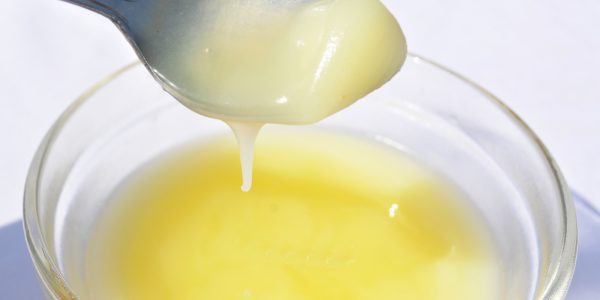
Leave the jar open until the ghee has completely cooled.
There’s no need to store ghee in the fridge: it doesn’t go rancid and will keep for months. Ghee is the most heat stable of all oils, won’t de-nature on light exposure, and doesn’t burn as quickly as butter does. Therefore, it is ideal for cooking with and supports digestion when added it into or onto your food.
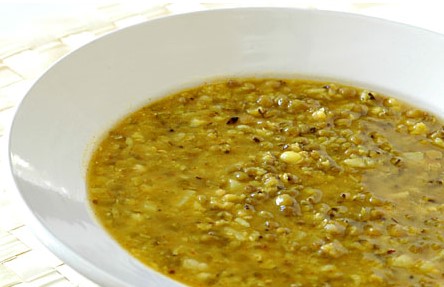
Whilst the beans are cooking, heat some ghee or olive oil in another pan and add one teaspoon of cumin and coriander seeds plus any other herbs or spices (except chillies), such as cardamom, black pepper, etc.
Sauté briefly, add some fresh root ginger and 2-3 cloves of garlic (if you wish) and sauté until soft, but still aromatic. Once the beans are cooked and soft, add the sautéed herbs and spices plus some rock salt and continue to simmer for a further few minutes.
Don’t add salt in the beginning, as this makes the beans tougher and therefore take longer to cook. Serve warm with fresh coriander leaves.
Mung Soup
Mung beans are less gas-producing than other beans, help remove toxins (including heavy metals!) from the body and stimulate the digestive fire.
Wash the mung beans thoroughly and then soak them either over night or for at least four hours before cooking.
Heat ghee or olive oil in a pan and add a teaspoon of turmeric powder, 2 pinches asafoetida (to take the gas quality out of the beans) some kokum and two bay leaves. (All ingredients are available in Indian food stores and most health food shops.) Place the soaked beans in a pan and add fresh water.
For one part soaked mung you need at least four parts of water.
Leave to bubble away for 30-40 minutes, adding water as necessary. Slowly the beans begin to soften and break up.
Continue to cook until all the beans are soft.
If you use a pressure cooker, the soup needs cooking for only 10 minutes once the vessel has come to pressure, making it considerably faster to prepare.
Wheat-Free Chapatti
• 1kg Spelt flour
• 500g Millet flour
• 500g Soya flour
• 500g Buckwheat flour
• 500g Barley flour
• 500g Rye flour
Ideally use organic flour available from health food stores and some supermarkets.
Just mix all the above together, keep in an airtight container and knead required amount of dough when required.
For softer chapattis you can also add a little olive oil or ghee whilst kneading.
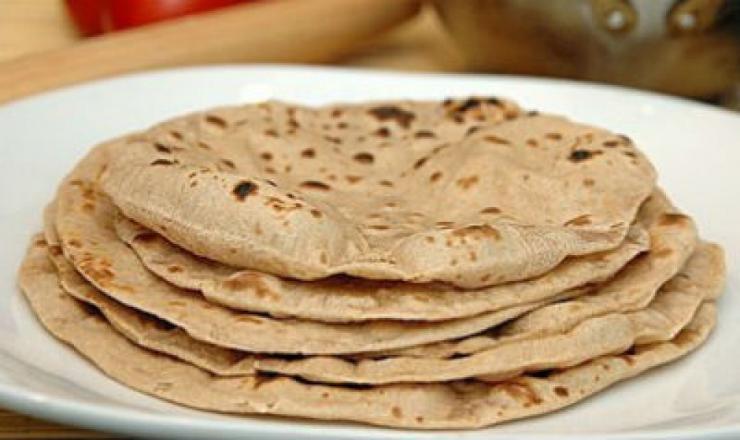
You can also use just spelt flour to make chapatti with instead of atta flour. It is slightly drying in texture, but it much easier to digest and therefore recommended.
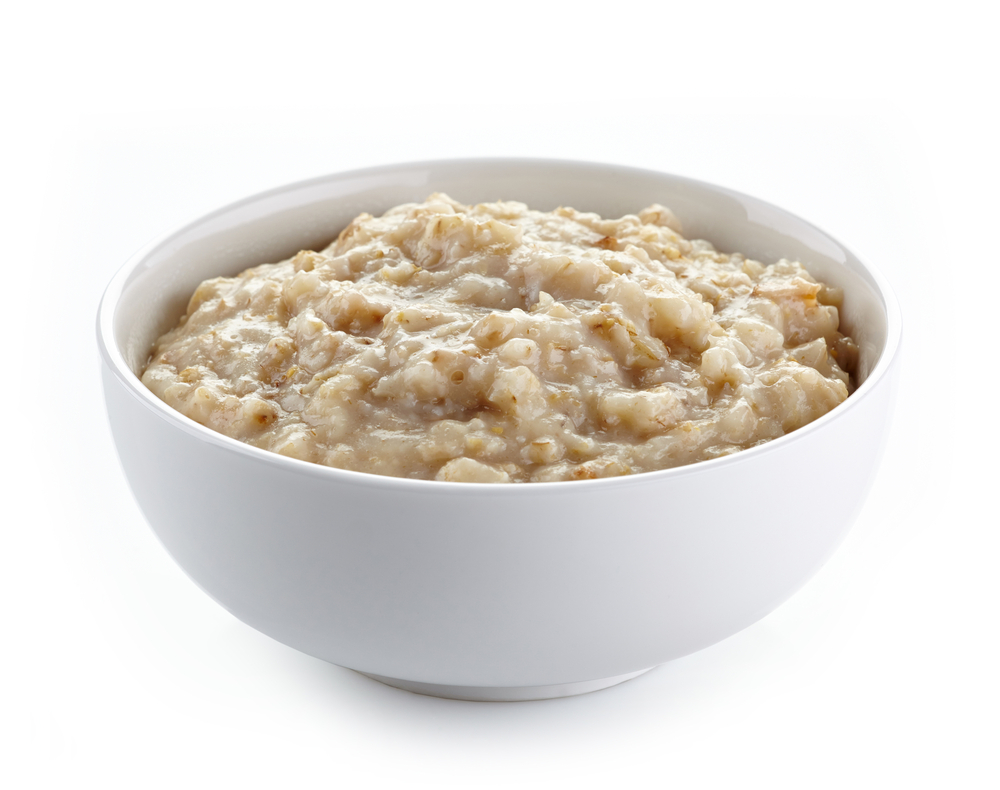
If you like it tasting sweeter, add any syrup of your choice (date, barley, rice, maple etc.), fruit spreads or hazelnut and almond butter, but avoid adding honey until the porridge has cooled considerably.
Breakfast Porridge
A Breakfast Porridge that will ‘keep you going’ till Lunchtime
In the evening place some water in a pan and soak at least 10 black raisins, 2-3 dates and some dried figs and apricots if desired.
You can also soak a combination of seeds and nuts like: sunflower and pumpkin seeds, blanched almonds, hazelnuts, shredded coconut, sesame and linseeds (flax).
In the morning bring the water and soaked fruits etc. to the boil first and then pour in rolled oats, (or millet, quinoa or barley flakes) and cook until soft.
Then add 2 tsp. cinnamon powder and few crushed cardamom seeds.
To make the porridge creamier, use oat milk, soya or rice milk instead of cow’s milk, which is too heavy in porridge.
Ginger Water
Ginger water is the ideal remedy when you have a cough, cold or excess mucus accumulation in your throat and sinuses.
Being hot in nature ginger has the quality to cut into and loosen mucus as well as stimulate your digestive fire so that the stomach can clear the mucus effectively.
Due to this stimulating action on the digestion it is also the perfect drink before a meal or half an hour afterwards, if your digestion is sluggish.
Unless advised by your Ayurvedic practitioner, don’t drink it excessively over long periods though, as this might increase pitta too much.
• Cut 4-5 slices of fresh root ginger and place in a pan of water.
• Bring to the boil and allow to simmer for a few minutes.
• Strain into a mug and enjoy!

Alternatively, squeeze the juice (with a garlic-press utensil) and add to a cup of hot water.
If you wish to sweeten it with honey, add it only after the liquid has cooled to drinking temperature, as honey is not heat stable.
Otherwise sweeten with rice syrup or raw cane sugar.
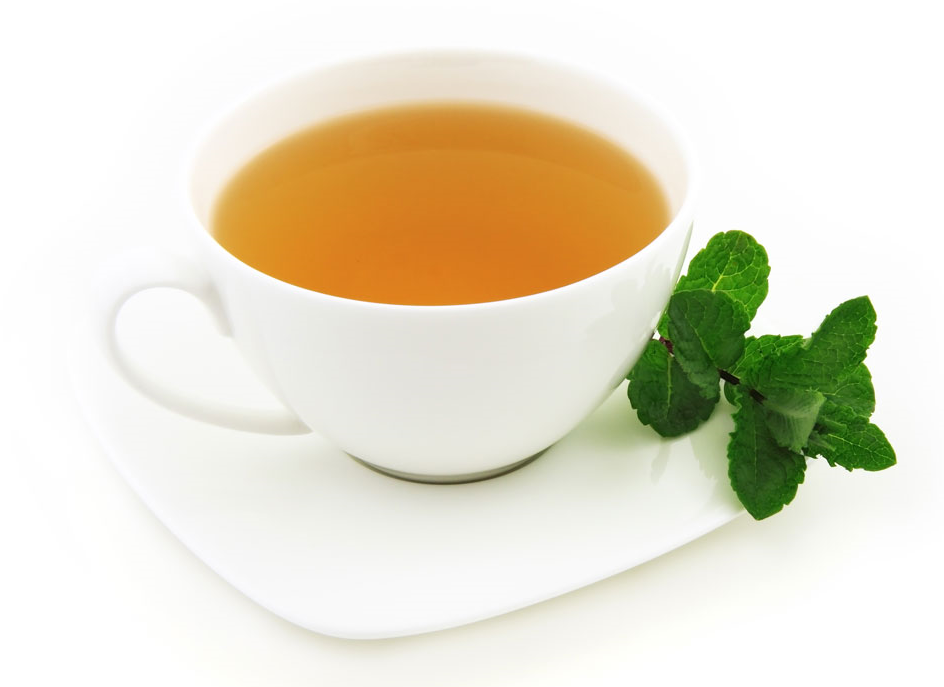
Digestion Enhancing Tea
Ingredients
1 tsp. cumin powder • 1 tsp. coriander powder
1 tsp. rose water (optional) • 4 crushed cardamom
1 tsp. fennel seeds • 1 pinch black pepper
1 pinch asafoetida • 2 slices fresh root ginger
Put the ingredients in 2 cups water, into a pan and bring to the boil.
Simmer gently for 5 minutes, remove from the heat, leave to infuse for 5 minutes, Filter and keep warm in a flask to drink regularly throughout the day.
